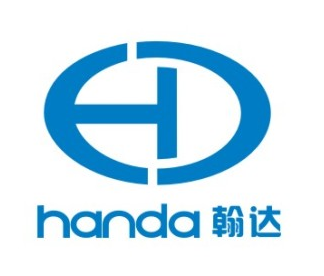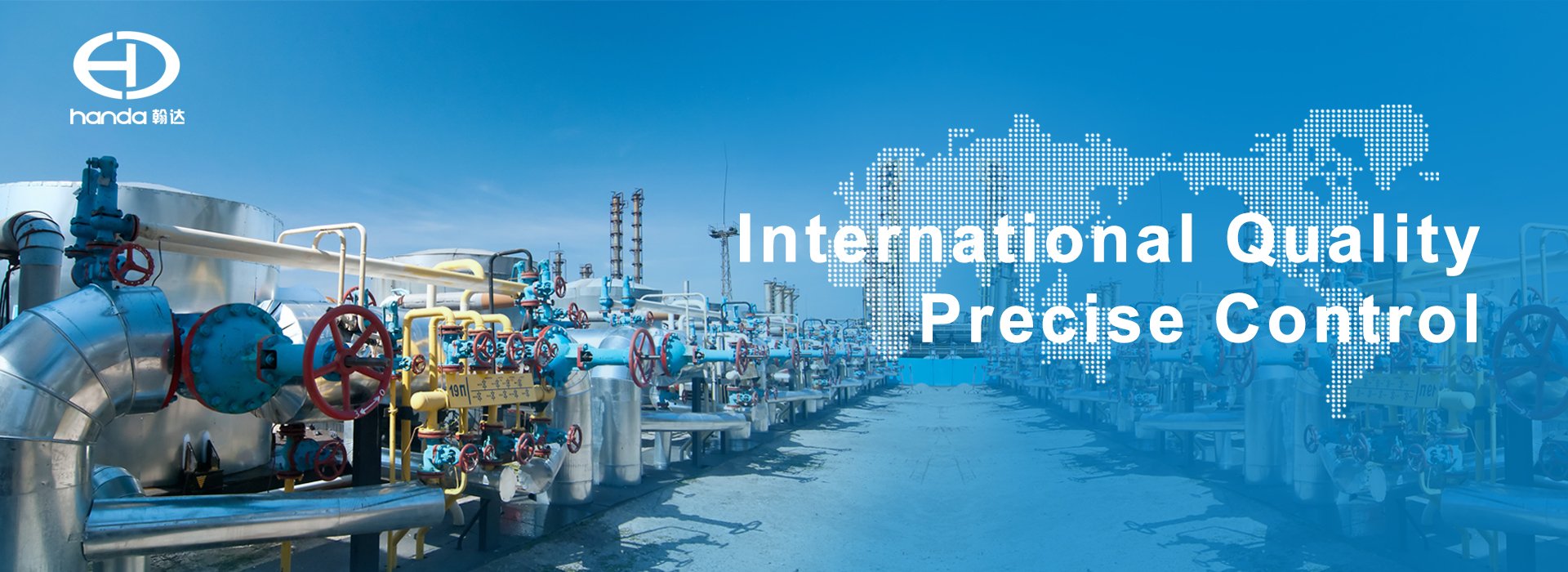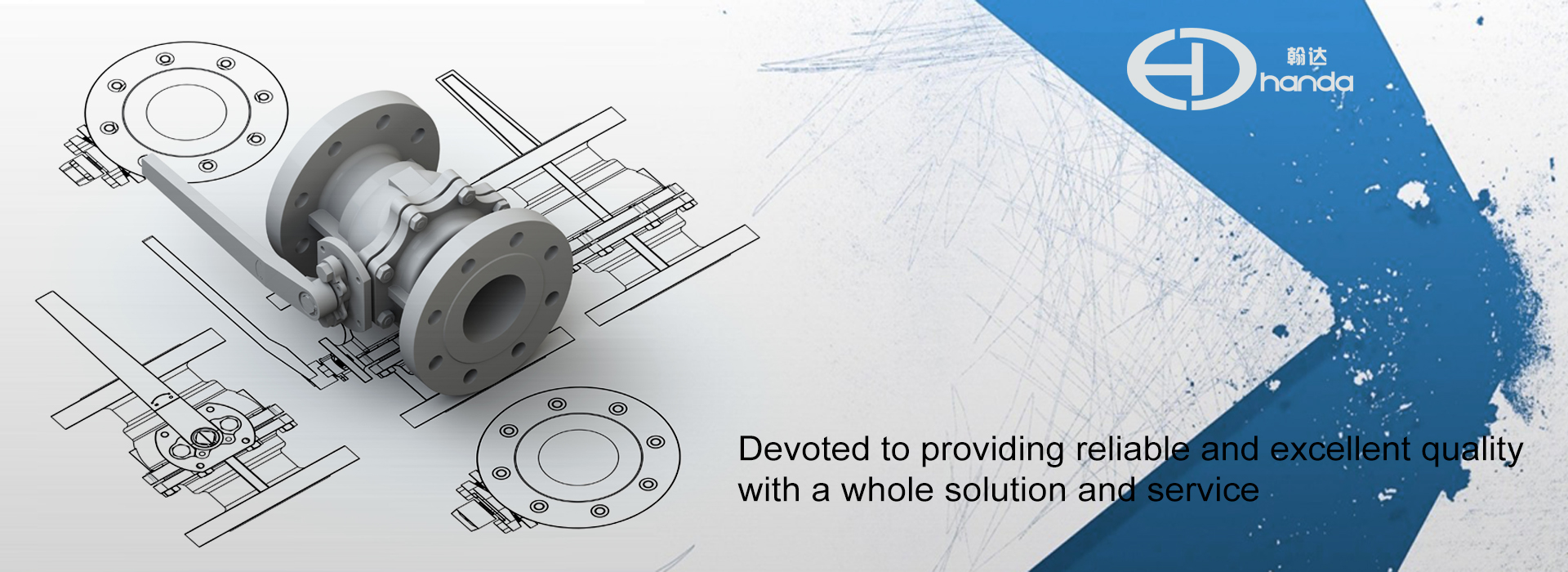Butterfly valves take control
Mark Nymeyer discusses the advantages and limitations of butterfly valves, and highlights developments that are making them more suitable for flow control.
Butterfly valves are lighter, smaller and weigh less than other kinds of control valves, making them the best choice for regulating flow in many applications. Standard butterfly valves have, traditionally, been used for automated on/off applications, a role for which they are well suited. However, when it comes to regulating flow in a closed-loop system, some engineers consider them unacceptable.
Butterfly valves use a rotating disk to control flow through a pipe. The disk is generally operable through 90 degrees, so they are sometimes called quarter-turn valves. Typically, they are used when economy is a consideration. When tight shutoff is needed, butterfly valves with soft elastomer seals and/or coated disks can be used to deliver the required performance. High performance butterfly valves (HPBVs) - or double offset valves - are now the industry standard for butterfly control valves and are widely used for throttling control. They do a good job for applications that have a relatively constant pressure drop or for slow process loops.
Advantages of HPBVs include a straight through flow path, high capacity, and the ability to easily pass solids and viscous media. They generally have the lowest installed cost of any valve type, especially in NPS 12 and larger sizes. Their cost advantages compared to other types of valves, increase dramatically in sizes over 12in.
They can offer good shutoff performance over a wide range of temperatures, and are available in different body designs including wafer, lugged and double flanged. They weigh much less than other types of valves and are more compact. For example, a 12in ANSI class 150, double flanged segmented ball valve weighs 350lb and has a 13.31in face to face dimension, while a 12in lugged butterfly valve equivalent weighs only 200lb and has a 3in face to face.
Limitations
Butterfly valves do have limitations that make them unsuitable for flow control in some applications. These include a limited pressure drop capability compared to globe ball valves with greater potential for cavitation or flashing.
Because the large surface area of the disk acts like a lever, applying the dynamic forces of flowing media to the drive shaft, standard butterfly valves are generally not used in high pressure applications. When they are, actuator sizing and selection becomes crucial.
Oversizing of butterfly control valves sometimes occurs and will negatively impact process performance. This can result from using line-size valves, especially with high-capacity butterfly valves. It can increase process variability in two ways. Firstly, oversizing puts too much gain in the valve, leaving less flexibility when adjusting the controller. Secondly, an oversized valve is likely to operate more frequently at lower valve openings, where seal friction can be greater in butterfly valves. Because an oversized valve produces a disproportionately large flow change for a given increment of valve travel this phenomenon can greatly exaggerate the process variability associated with deadband due to friction.
Specifiers sometimes use butterfly valves for economy or to fit a given line size, without considering their limitations. There is a tendency to oversize butterfly valves to avoid swaging down piping, which contributes to poor process control.
The largest limitation is that the ideal throttling control range is not as wide as a globe or segmented ball valve. Butterfly valves generally do not perform well outside a control range from about 30 to 50% open.
Optimal control performance
In general, when a control loop behaves in a linear manner and the process gain is close to unity, a loop is easiest to control. Therefore, a process gain of 1.0 becomes the objective for good loop control, with an acceptable range of 0.5 to 2.0 (a range of 4:1).
Best performance results when most loop gain comes from the controller. Notice in the gain curve of Figure 1, the process gain gets quite high in the region below about 25% valve travel.
Process gain defines the relationship between changes in process output and input. The travel over which process gain stays between 0.5 to 2.0 is a valve’s optimal control range. When process gain is not within 0.5 to 2.0, poor dynamic performance and loop instability can occur.
Butterfly valve disk design has a significant effect on valve flow rate as the valve travels from closed to open. A disk with an inherent equal percentage characteristic can better compensate for changing pressure drops as the flow changes. Equal percentage trim will give a linear installed characteristic for changing pressure drops, which is ideal. The result is a more accurate, one-to-one change between flow rate and valve travel.
Figure 1: Comparison of globe valve and butterfly valve. The best control occurs when gain is 0.5 to 2.0. Globe valves control well across a broad travel range, but standard butterfly valves are limited to 30-50% travel.
Butterfly valves recently became available with disks having an inherent equal percentage flow characteristic. This delivers an installed characteristic that results in an installed process gain within the desired 0.5 to 2.0 range over a wider travel. This results in significantly improved throttling control, especially in the lower travel ranges.
This design provides good control with acceptable gain of 0.5 to 2.0 from about 11% open to 70%, a control range improvement of nearly threefold when compared to a typical high-performance butterfly valve (HPBV) of the same size. The equal percentage disk thus delivers overall lower process variability.
Butterfly valves with an inherent equal percentage characteristic, such as the Control-Disk Valve, are ideal for processes that require precise, throttling control performance. They can control closer to the target set point regardless of process disturbances, which results in a reduction in process variability.
Improving control
If a butterfly valve is operating poorly, simply replacing it with a properly sized valve may solve the problem. For example, a paper company was using two oversized butterfly valves to control water removal from pulp stock. The two valves were operating below 20% travel, causing process variability of 3.5 and 8.0%, respectively. They spent most of their service life in manual mode.
Two properly-sized NPS 4 Fisher Control-Disk butterfly valves with digital valve controllers were installed. The loops now operate in automatic mode, and process variability went from 3.5% to 1.6% for the first valve, and 8% to 3.0% for the second valve, without any special loop tuning required.
Poor water pressure and flow control from the coolant system in a steel mill caused end product inconsistency. Nine installed HPBVs could not effectively control the flow of water as required.
The mill wanted to install valves that would better control the process, and needed to minimise installed cost. The mill would have spent $10,000 for piping changes per valve to switch from the HPBVs to segmented ball valves. Instead, Emerson suggested its Control-Disk butterfly valves fitting the current HPBV face-to-face dimensions.
One Control-Disk valve was tested side-by-side with one of the nine existing HPBVs, and it performed to specified requirements. The mill replaced the remaining eight HPBVs within the year, each with a Control-Disk valve and this eliminates the need for $90,000 in piping changes for segmented ball valves, and the roughly 25% increased cost of ball valves versus butterfly valves.
The Control-Disk valves provide precise control and help eliminate end-product variability. The steel mill estimated the nine installed Control-Disk valves result in annual savings of about $1 million.
Conclusions
HPBVs with digital positioners have a lower initial installed cost than most other valve types, and can provide an adequate control range when sized properly. They have high capacity and minimal flow restriction. Butterfly valves with inherent equal percentage trim offer an opportunity for an expanded control range, similar to that of a globe or ball valve and only take up the space of a HPBV.
When selecting valves, especially HPBVs, make sure they are sized correctly, or they could wind up being controlled manually from the control room. It is also important to consider the valve style, inherent characteristic and valve size that will provide the broadest control range for the application.
Mark Nymeyer is a global marketing communications manager at Emerson Automation Solutions for flow controls.





